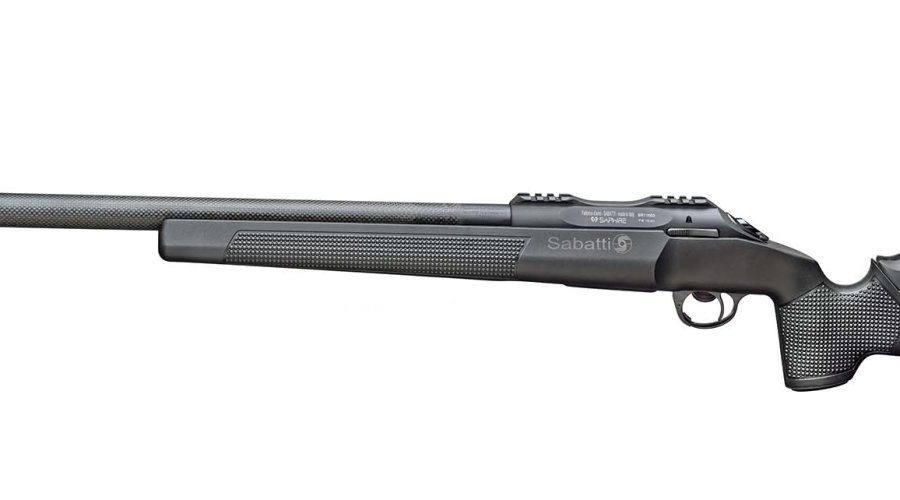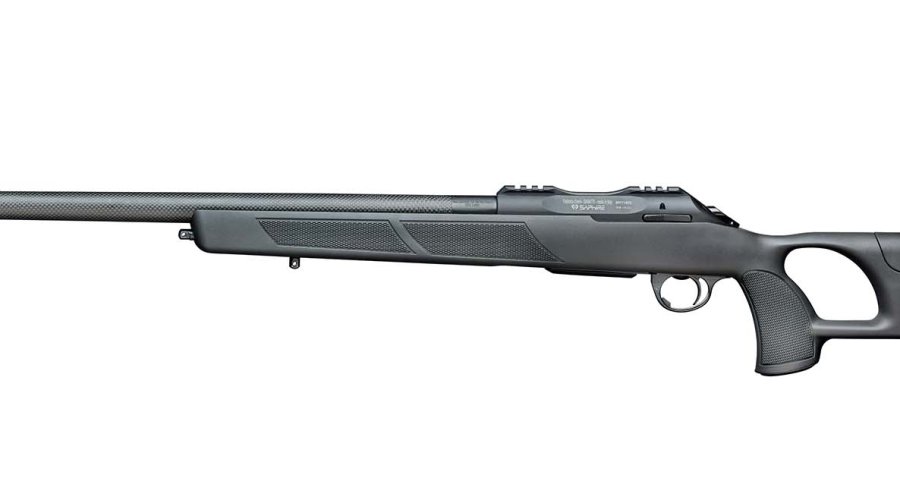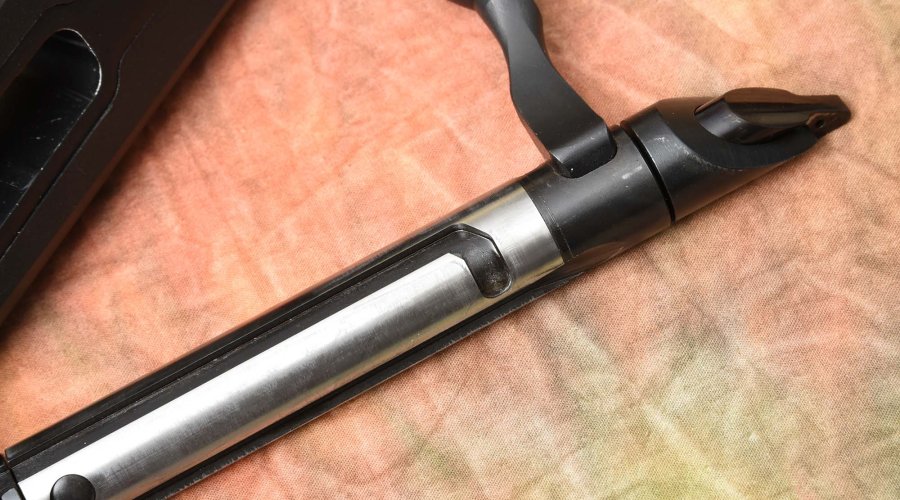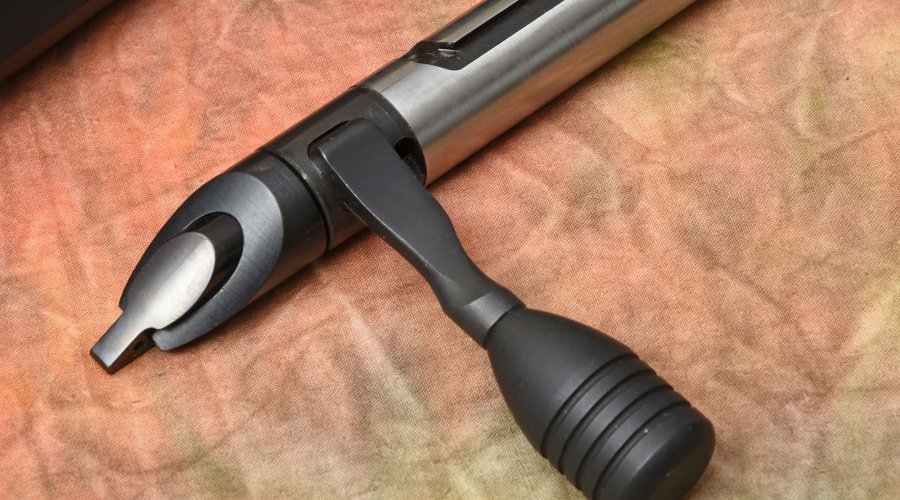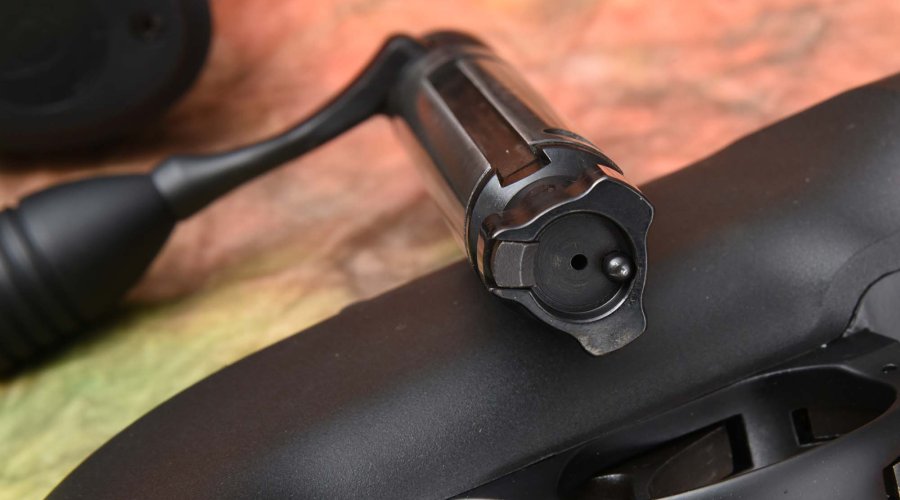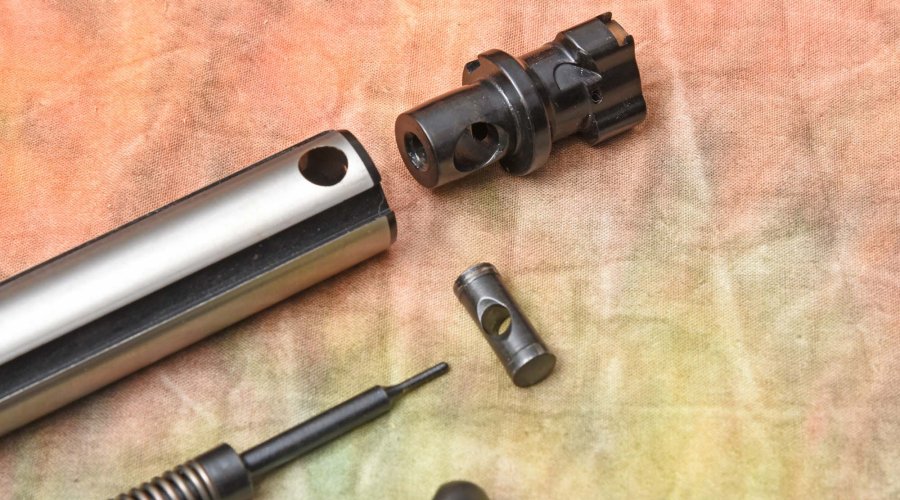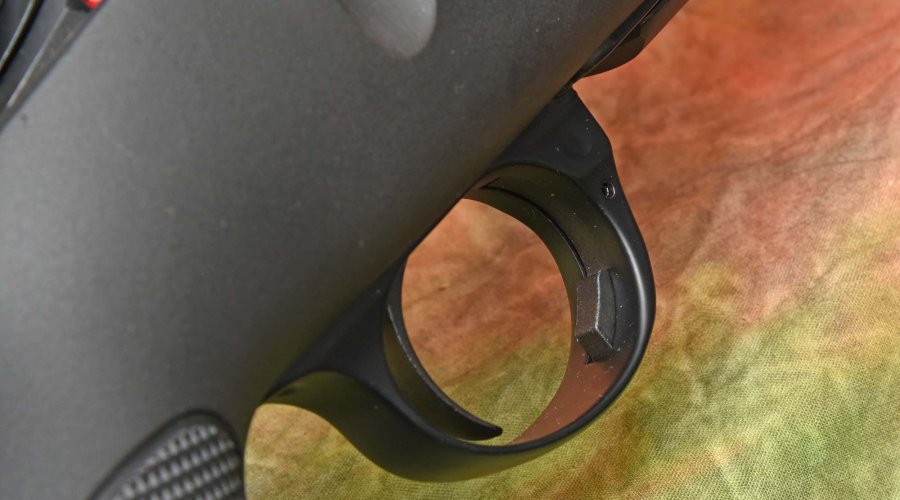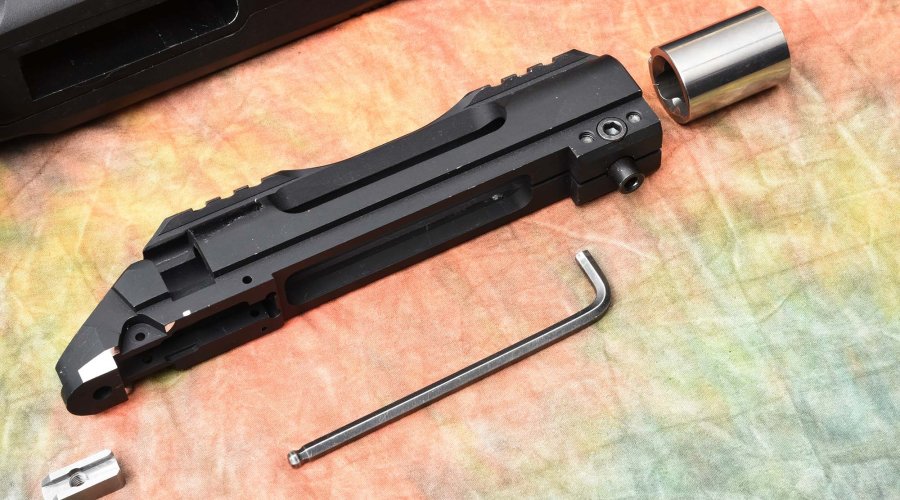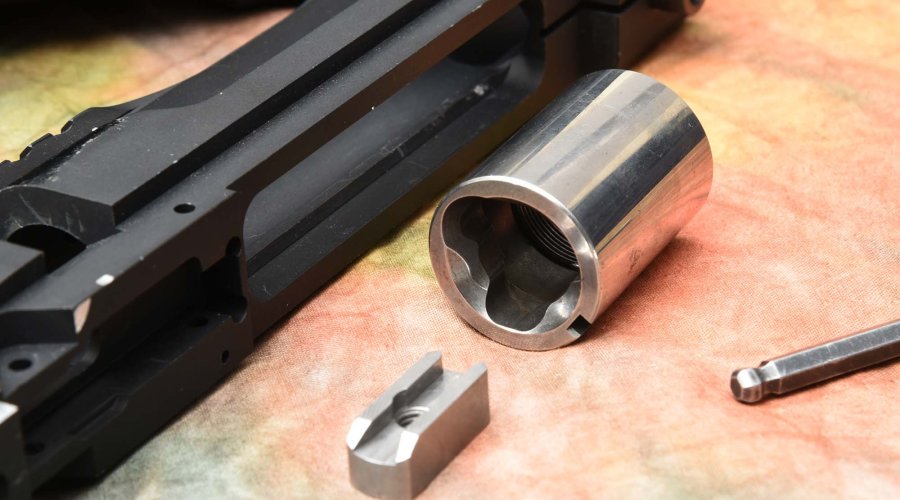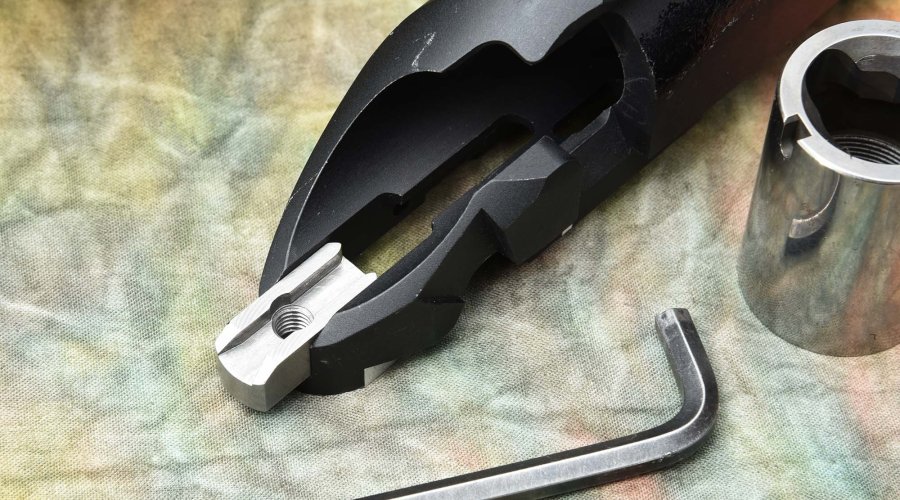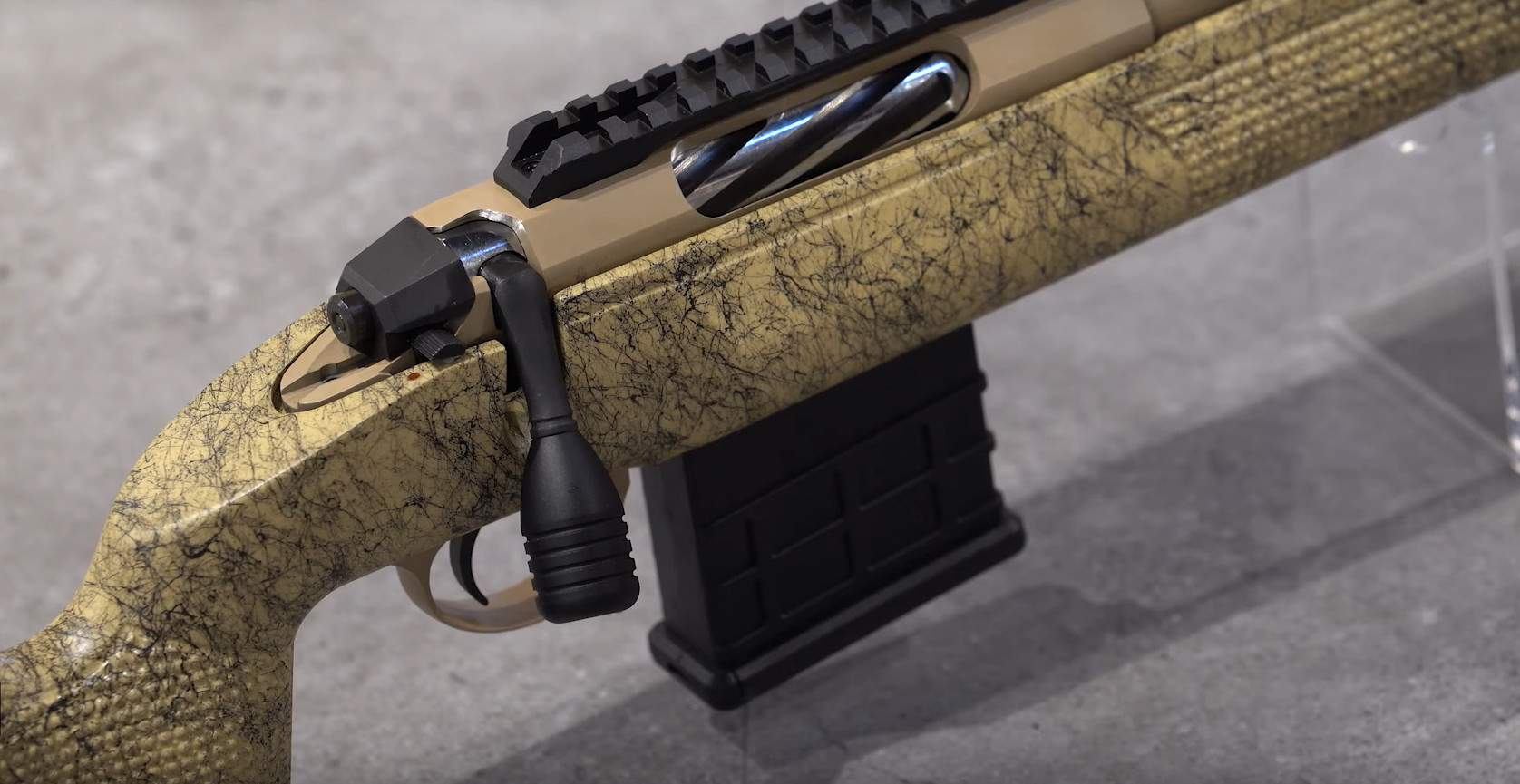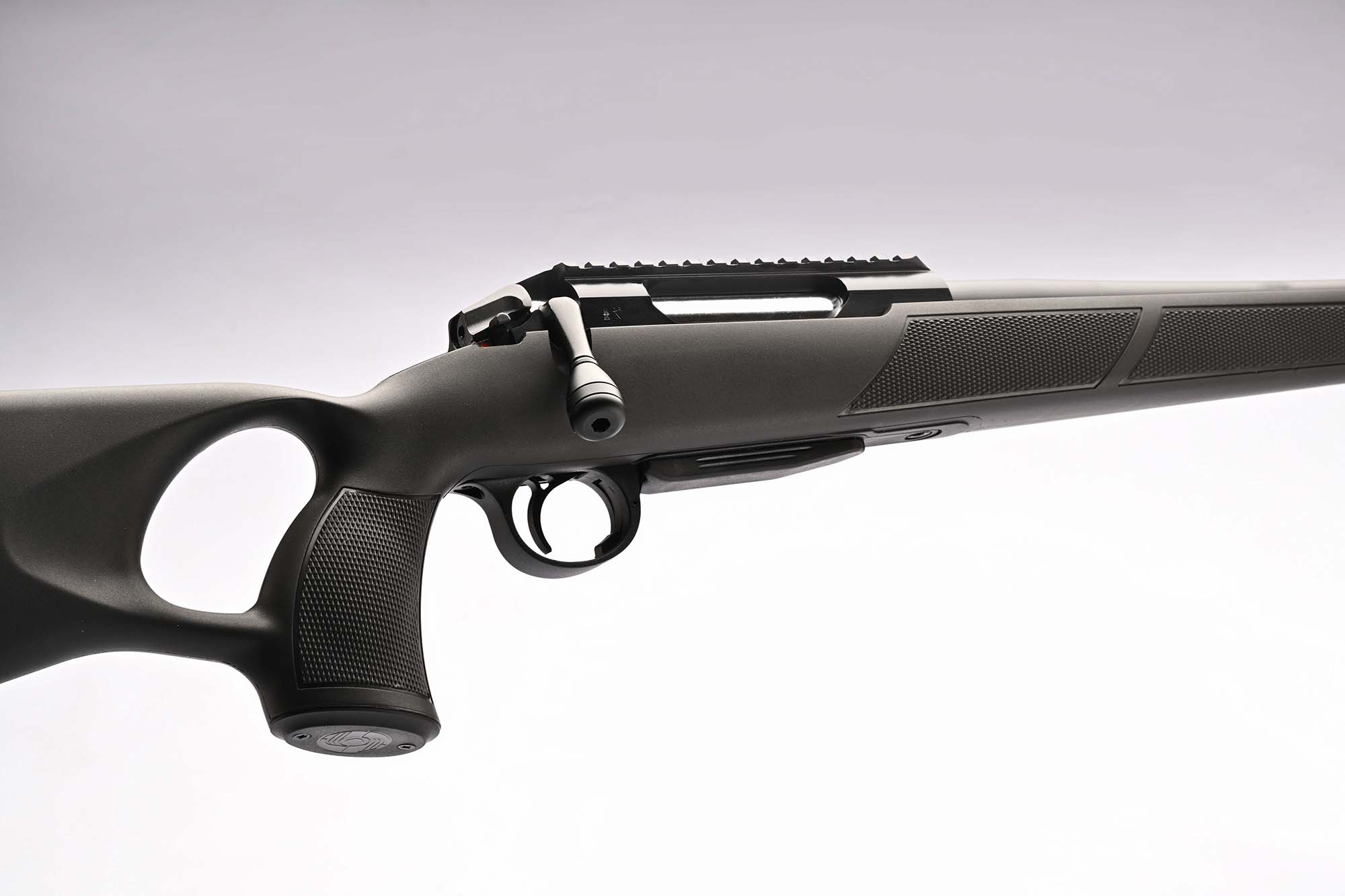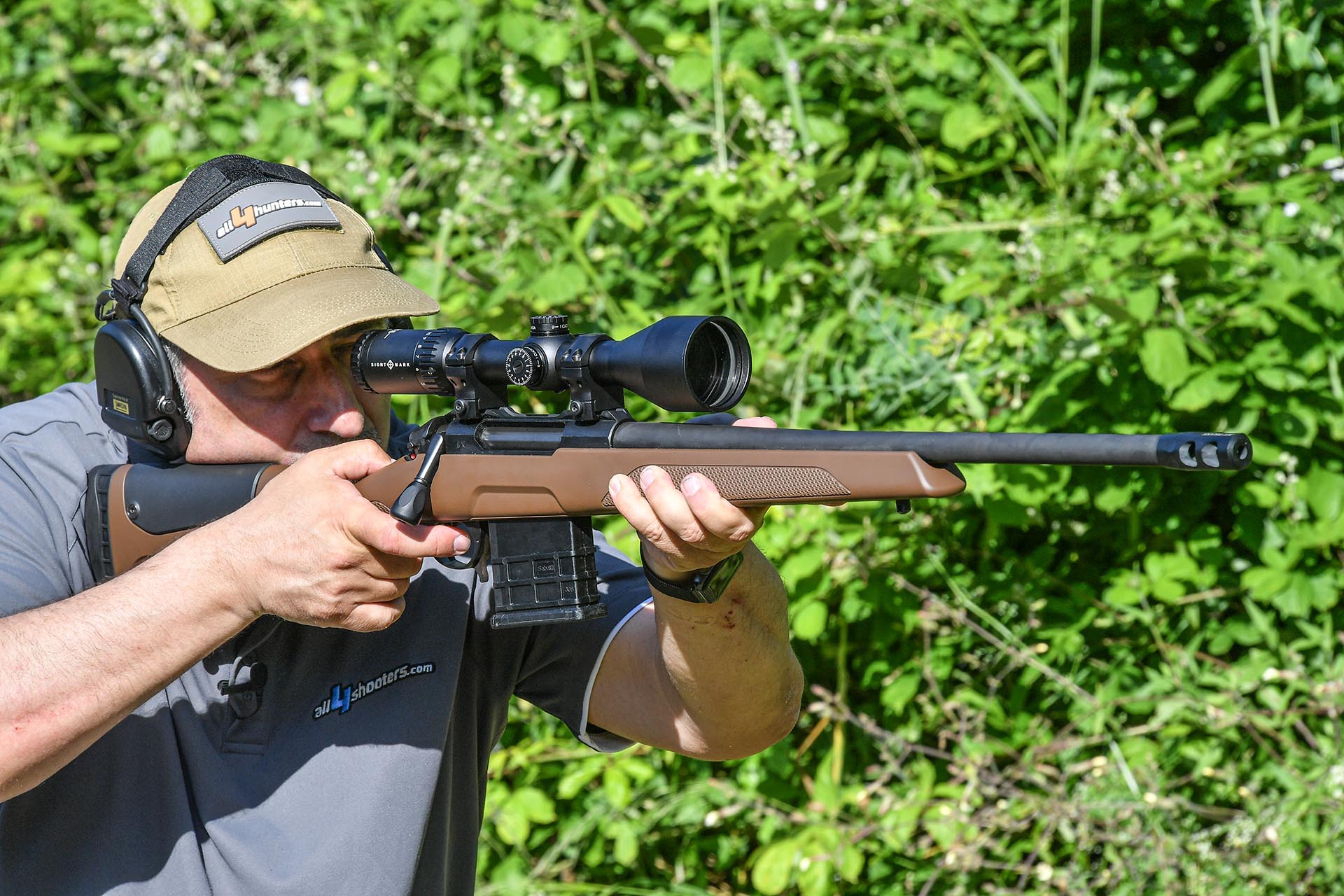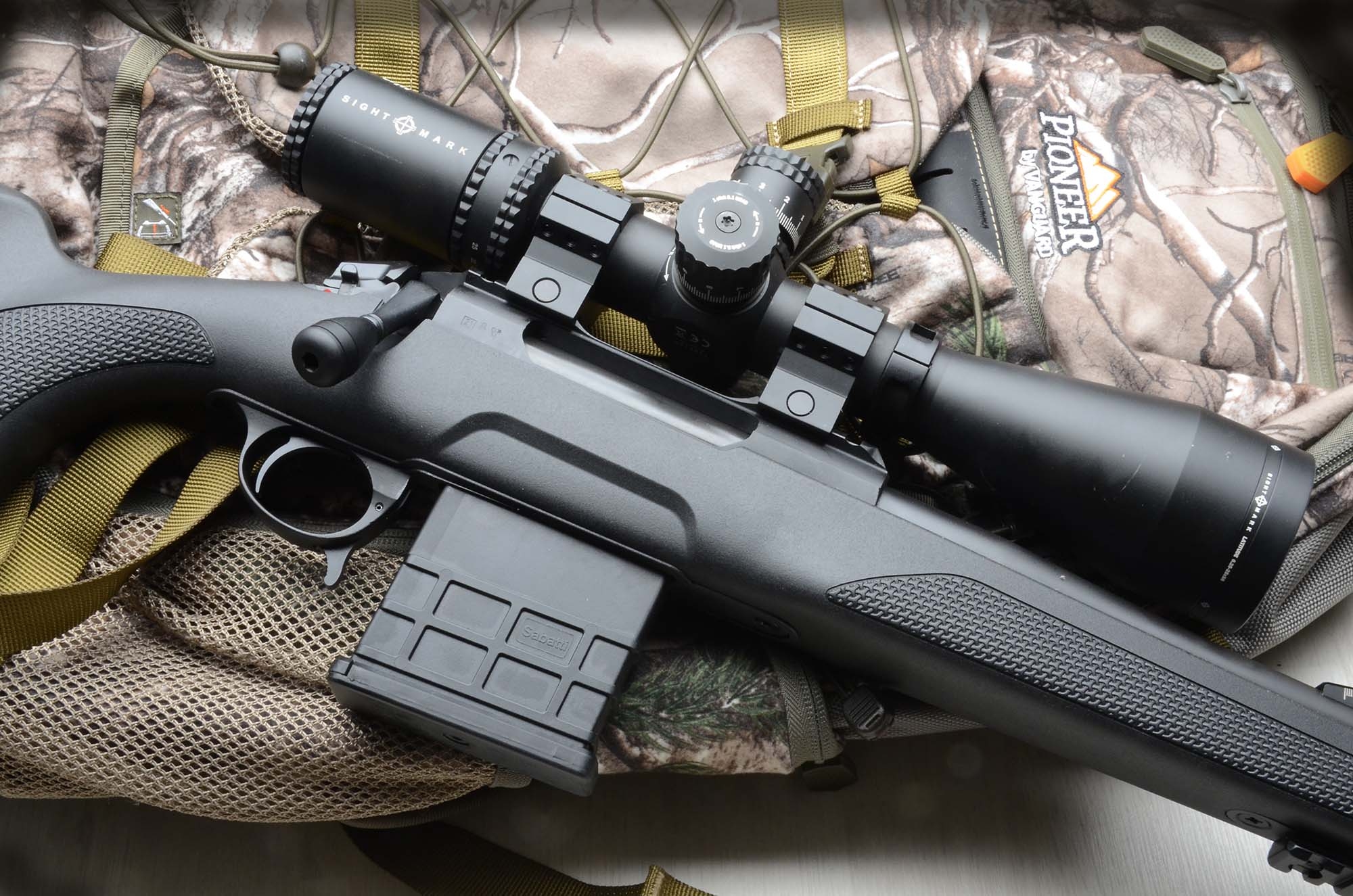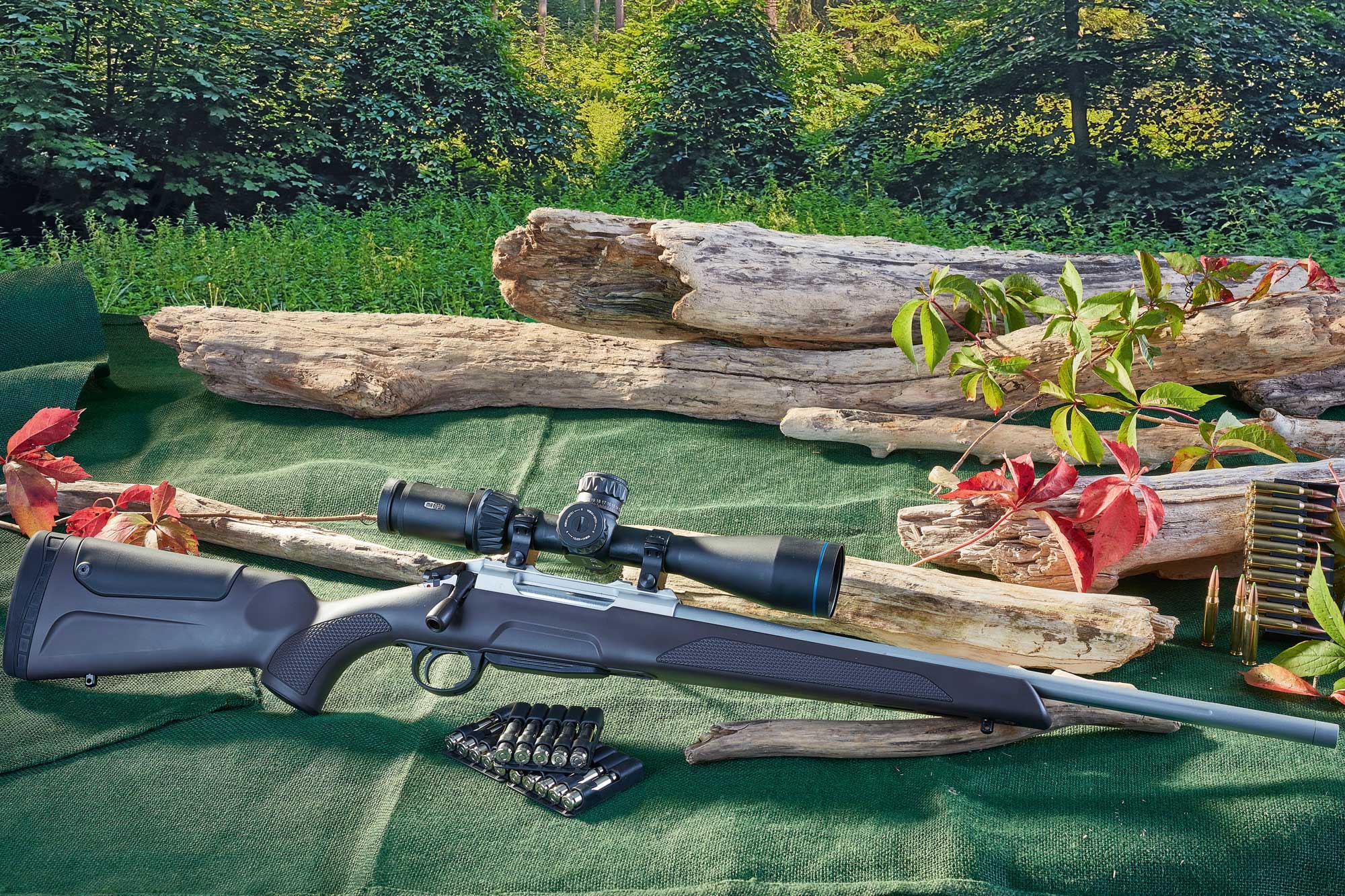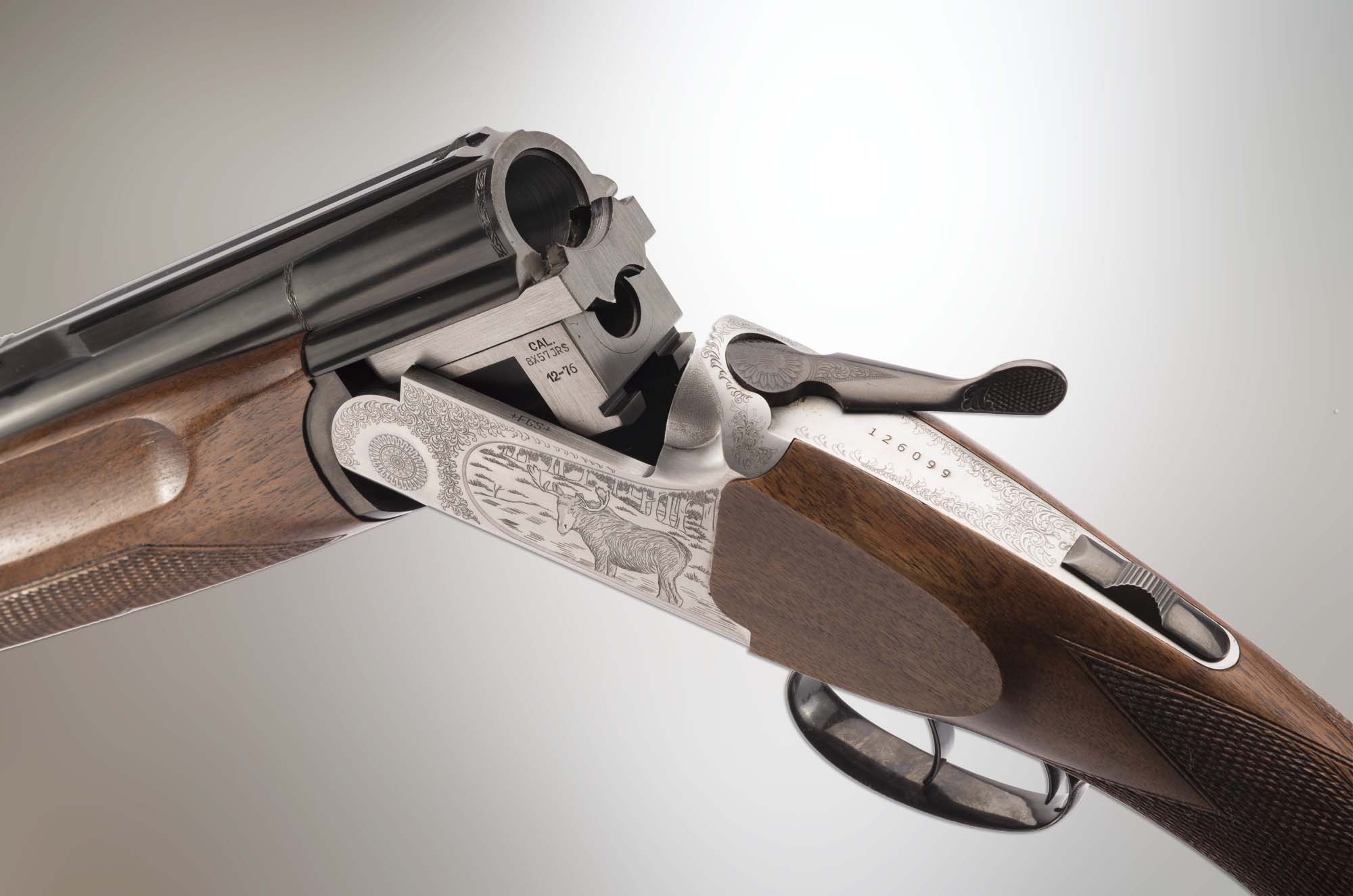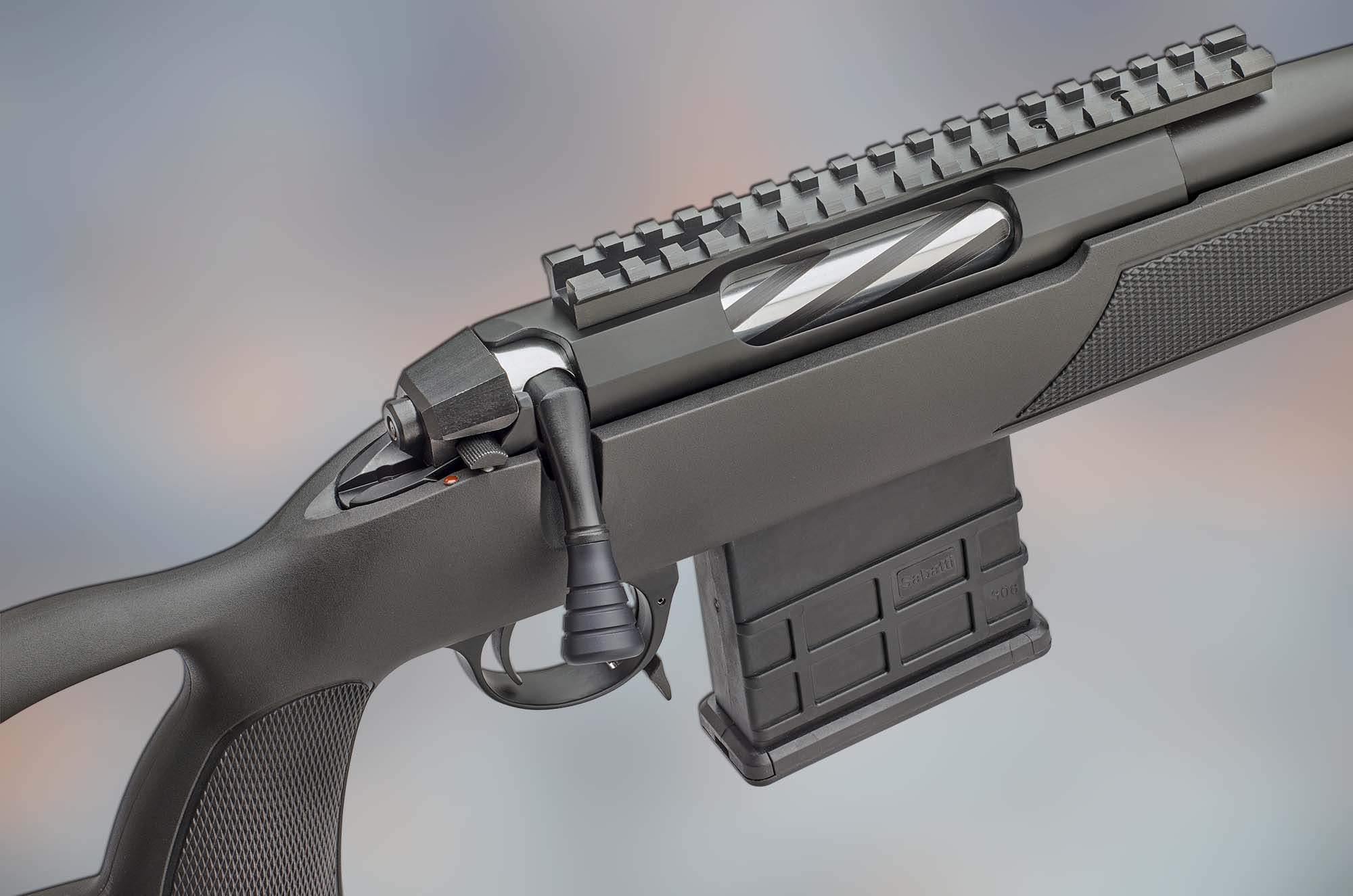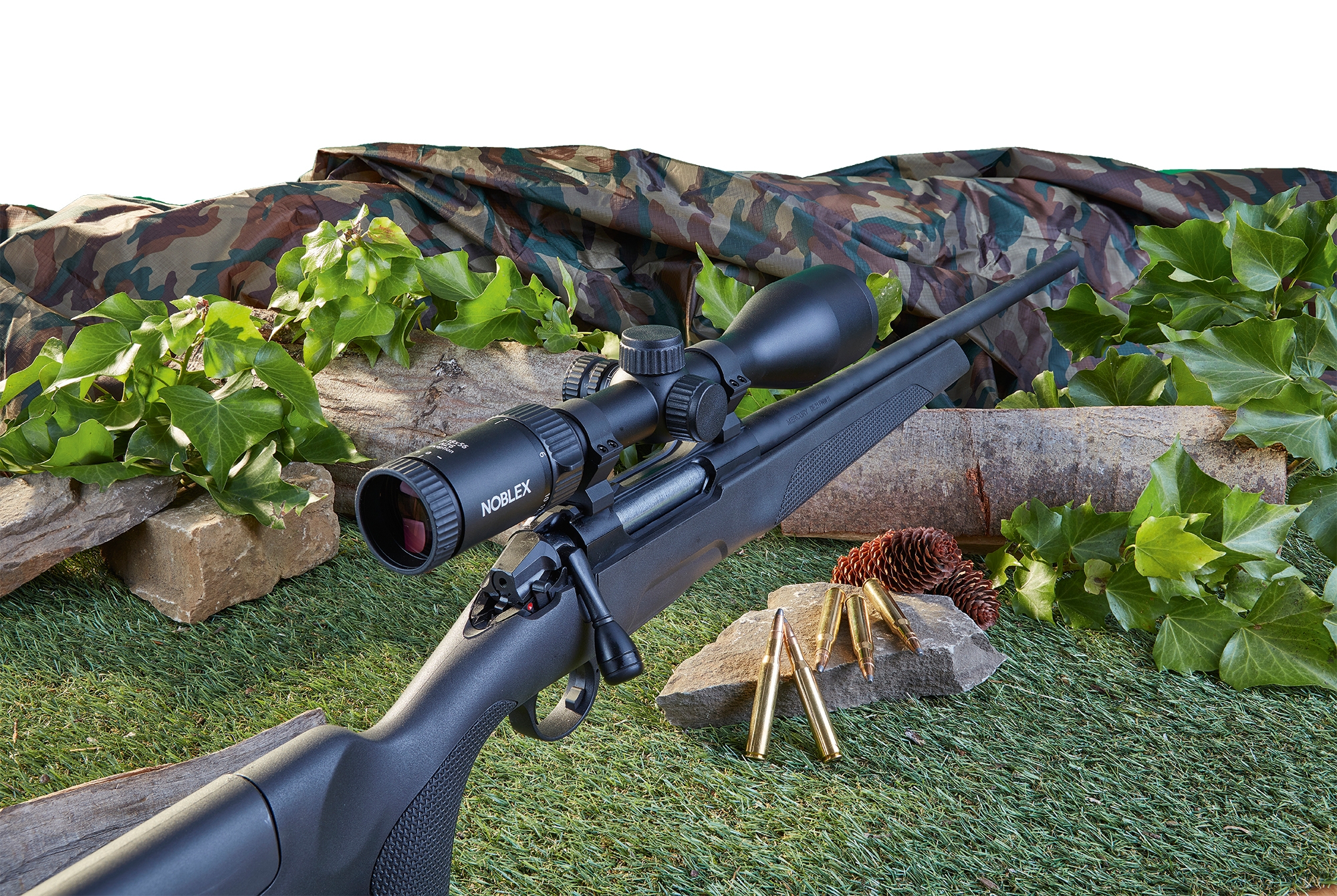Carbon fiber is a relatively recent material: it was first produced in 1950, with its first high-performance version dating back to 1958. The estimated production cost at the time was ten million dollars per pound. Of course, it was destined to go down. The first carbon fiber fabric dates back to 1969 but only in 1976 came a low-cost fiber – of lower quality than others but still excellent, made from anisotropic pitch. The individual fiber filaments have a diameter of 5-8 microns (thousandths of a millimeter), about one tenth of a human hair which, although with a high variability, has an average diameter of 70 microns.
Carbon fiber is waterproof and has an average mechanical strength of about 500 kgf per square millimeter compared to the average 600 kgf of C40 steel, but on the other hand it weighs 1.75 kilograms per cubic decimeter compared to 7.87 kilos of C40 steel, a material used to make gun barrels up until a few decades ago. It is clear, at this point, that there comes the temptation to build high-rigidity barrels, suitable for accurate or long-range shooting, made from a composite material consisting of an alloy steel core (usually 38NCD4 or its variations, still Ni-Cr-Mo alloys that allow for thinner thicknesses than the "old" C40 with the same strength) wrapped by a very rigid carbon fiber cylinder. This is what some manufacturers did, even if not many, and that's what Sabatti did with the Saphire Carbon rifle barrels.
It is a hunting rifle (Varmint version) or a hunting and shooting rifle (Tactical version) featuring a cold-hammered steel barrel with multiradial rifling (a Sabatti design that offers many advantages) and a muzzle diameter of 16 mm. This is then wrapped by various layers of carbon fiber up to a diameter of 28 mm (Tactical), or a breech diameter of 28 mm tapering to 22 mm at the muzzle (Varmint).
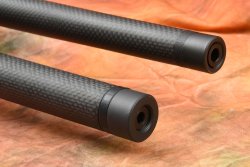
An engineer’s solution
Barrel lightness, however desirable for mountain hunters, and barrel rigidity, desirable for those who practise precision shooting, are necessary but not sufficient qualities. The action must be light too, and here come various problems which ultimately boil down to just one: difference in the materials. The action is in fact light alloy – in this case Ergal 55, an Al-Zn-Mg-Cu alloy often used in high-stress structures, which allows for a good hard anodization and features a rather high yield strength, up to 500-510 N/mm2. On the other hand, the bolt, or at least its head, is made of steel. The two materials have a different hardness and if they rub against each other the harder one quickly consumes the other. And even if it is possible to lock the bolt in the barrel, this does not helps to reduce costs.
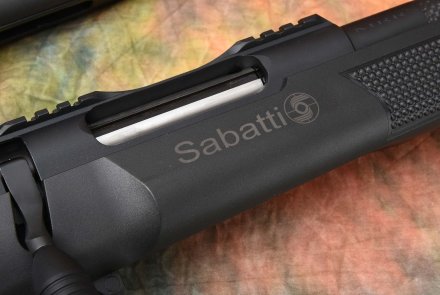
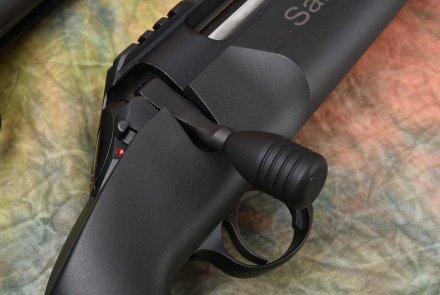
Furthermore, the problem of primary extraction remains. There are those who build a cam track that the bolt lugs must travel both when closing and opening. It works, but especially with too long cartridges with negative head space, it could lead to a pressure increase that cannot be calculated beforehand. As a consequence, barrels are prematurely worn or heat too much and accuracy becomes random. Modern materials should exclude safety concerns, but you never can tell.
In other systems the primary extraction is carried out by the bolt body, in which a cam is machined. If it rubs directly on aluminum, the latter can be anodised to harden it, but it is a patch-up rather than a solution. It works, but you don't know how long it will last, although from a purely commercial point of view you can exclude that enough shots will be fired in a hunter’s life before the issue arises.
Emanuele Sabatti did not reason as a salesman but tackled the problem as an engineer. This means that in the action a steel insert is added, fully supported so that it’ll never get loose, from which a pin protrudes, screwed from below into the steel element itself. This pin slides in the cam machined in the bolt body and produces the primary extraction; the cam design won’t let close on a cartridge that is too long.
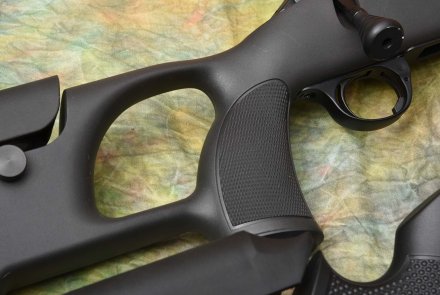
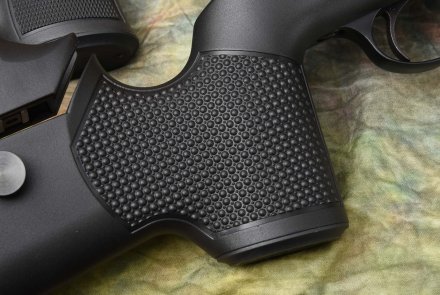
The barrel
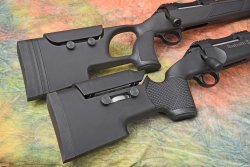
Let's go back to the barrel, which in itself – and even if made from a single material – would represent a complex system. In fact, the barrel vibrates in two distinct and contemporary ways. One is the bending of the entire barrel in any direction, the other is a sinusoidal bending and it is what interests us for precision. If we suppose to draw a horizontal line that represents the median position of the barrel, the sinusoid will intersect it whenever the sense of oscillation is reversed. This intersection, which is called a node, remains stationary while the rest of the barrel moves elastically. If a node is at the muzzle, other conditions being equal (same load, constant temperature, correct insertion of the cartridge in the chamber, bolt on axis with the barrel and so on) that barrel will be very accurate, while if the muzzle is in correspondence of a point on the sinusoid wave accuracy will be clearly reduced. There are interesting considerations on the placement of nodes in swords and sabers, but at the moment they should be set aside because they are off-topic. The correct positioning of the node at the muzzle of a barrel depends on various factors, from barrel diameter to bedding. A floating barrel usually behaves well but sometimes a pressure point between the barrel and the stock provides the correct placement. Obviously, if we are in the presence of more materials, the problem becomes more complicated and the complication is more and more accentuated by the differences both in elastic modulus and in volume expansion between the different materials. The latter causes even very accurate barrels to lose accuracy very quickly (after a few rounds) when cold. In this case the problem was solved after a long and careful experimentation, which lasted a good couple of years, calculating exactly the points of contact between the materials and interposing special materials of known elastic modulus in the gaps and keeping them under controlled compression conditions. I know I’m sounding quite obscure to the uninitiated, but if something more was said to me it is part of the industry secret I promised not to disclose.
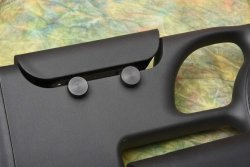
The barrel must be joined to the action. This is made by interposing a short steel cylinder that has a thread to screw it into the barrel at one end, and the recesses that will accept the bolt locking lugs on the other end. The material is a cemented tempered steel, whose chemical composition I was not informed of. Cementation is a process that increases the carbon percentage on the surface, for a depth ranging from a few tenths to a couple of millimeters depending on the duration of the treatment, without affecting the composition of the underlying layers. In practice, if we work on carbon steel we obtain the hardness of a layer of C75-C90 indissolubly added, by interpenetration, to the resilience of a C10-C25. If it is a Ni-Cr-Mo steel, the percentage of carbon changes but there is always resilience.
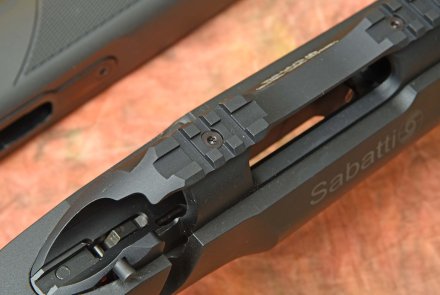
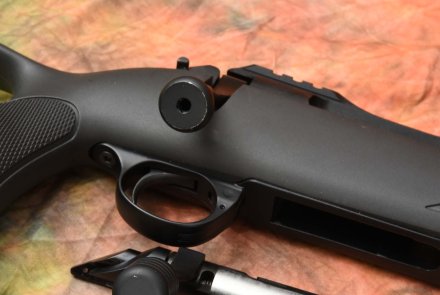
Much less refined than a Damascus steel but also consistently and much less expensively reproducible, with the same results. The standard trigger includes a hair-trigger. On request, the Match three-lever trigger or the new two-stage trigger are also available. I am not able to tell you more on the latter since I didn't tested it. But considering the other two triggers I just mentioned, I’d be surprised if it wasn't very good.
The stock of the Tactical version is derived from the Tactical Syn’s one, while the stock of the Varmint version has a smaller fore-end with a flat bottom to adapt to emergency supports. The cheek piece of the Tactical version features micrometric adjustments and can also be drift adjusted, while the Varmint version has more agile adjustments.
Sabatti Saphire Carbon: technical data
| Manufacturer: | Sabatti // http://www.sabatti.it/ |
| Model: | Saphire Carbon |
| Variants: | Tactical and Varmint |
| Type: | Hunting and shooting rifle (Tactical), hunting rifle (Varmint) |
| Caliber: | .308 Winchester (various calibers available) |
| Barrel: | in steel composite + carbon |
| Core: | steel, cold-hammered |
| Core diameter: | 16 mm at the muzzle |
| Carbon sleeve: | constant diameter of 28mm (Tactical) and tapered 28-22 mm (Varmint) |
| Barrel length: | 66 cm |
| Bolt: | three-lug head, replaceable |
| Throw: | 60 degrees |
| Stock: | polymer, reinforced with hollow glass fiber |
| Cheek piece adjustment: | height and drift (Tactical), height (Varmint) |
| Iron sights: | none, Picatinny rail for optics |
| Magazine: | prismatic, detachable |
| Magazine capacity: | 3 |
| Weight: | 4,1 kg (Tactical) - 3,5 kg (Varmint) |
| Retail price: | 2145
euro (Tactical), 1715 euro (Varmint) |



